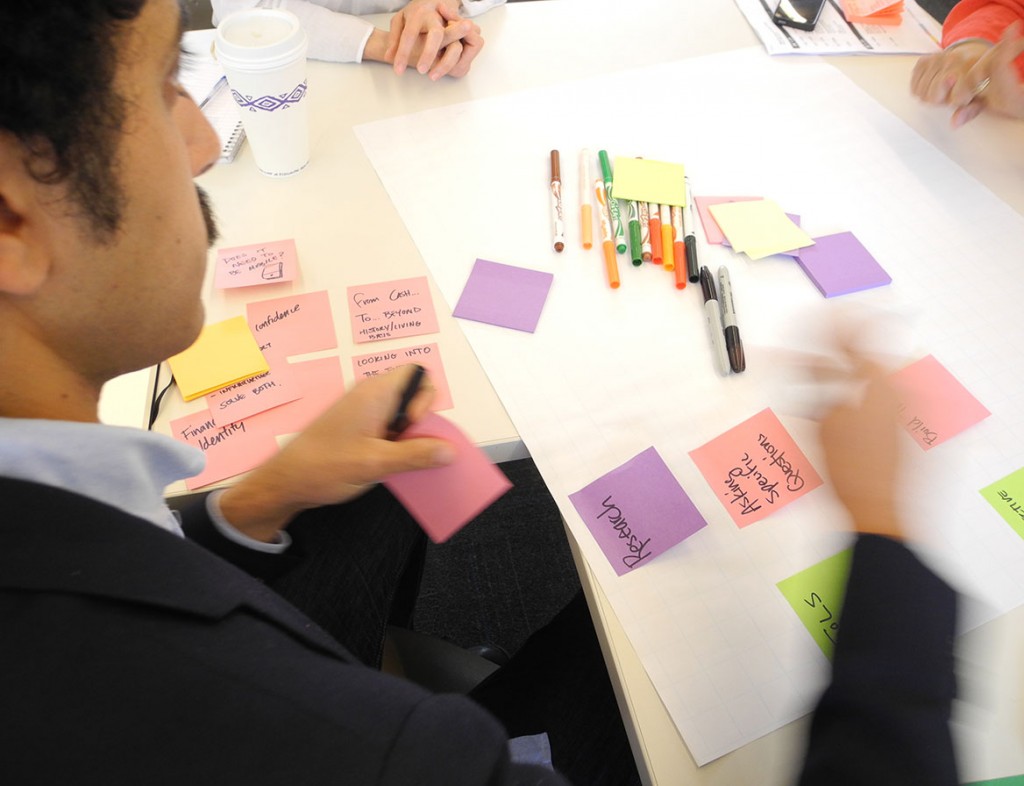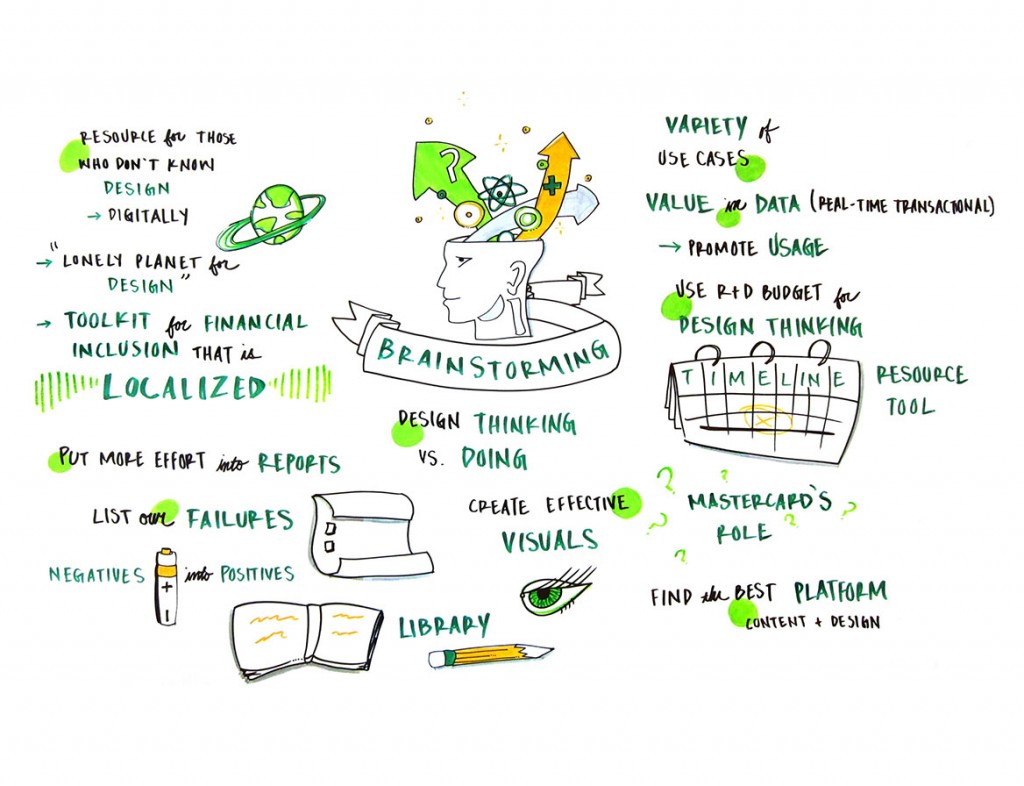The Role Of Design In Tackling Financial Inclusion
Client/Funder:
Master Card
Location:
USA
Catapult Service Line:
Research
Thematic Area:
Financial Inclusion
Challenge
Over the past decade, a multitude of design resources such as toolkits, design principles, and design guidelines have emerged for financial inclusion practitioners. However, the uptake of these resources has been limited, and therefore the role of design methods in creating new ways to address financial inclusion remains questionable.
The MasterCard Center for Inclusive Growth (MCIG) was established to help create a multi-disciplinary sounding board of experts across the academic, design, and financial services sectors. In order to meet their own financial inclusion goals and help propel the industry, MCIG wanted to understand why few financial service practitioners adopted the available design resources and how to broadly define the role of design in addressing global financial inclusion.
The objective of the roundtable discussion was to identify design challenges and opportunities (such as design tools and technologies) that offer the greatest contextual relevancy for addressing financial inclusion.
Work
Catapult and the MCIG convened a roundtable session in San Francisco between designers, social entrepreneurs, and MasterCard executives to explore the role design can play in tackling financial inclusion challenges. Our work included:
- selecting participants, creating a mix of practitioners and thought-leaders in both design and financial inclusion
- proposing 3 ways to address the challenge through hands-on team activities and working with MCIG to down-select to one
- splitting participants into teams and tasking each to outline a design process tailored for financial service providers based on their combined knowledge and experience
- sharing team ideas with the collective group and brainstorming around the design resources available for financial inclusion practitioners and how they fall short
Results
The day’s discussions were exploratory and an opportunity for MasterCard executives to learn from the design world, and vice versa. We convened six social entrepreneurs, six designers working in financial inclusion, and six MasterCard executives to tackle this challenge together. As a result of the roundtable MCIG:
- made connections with designers and social entrepreneurs for future collaboration
- concluded the roundtable with a better appreciation for the design process and how designers translate these principles to the financial service sector
- exited the roundtable with testaments from social entrepreneurs who struggle to adopt design resources that are intended for them and their peers


